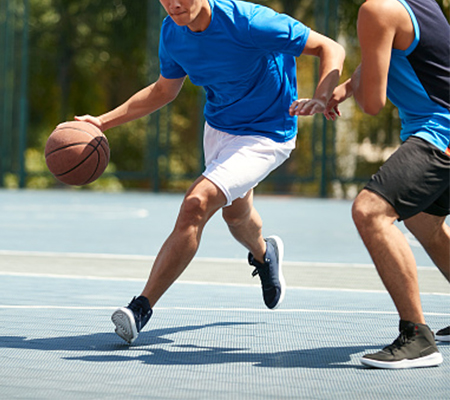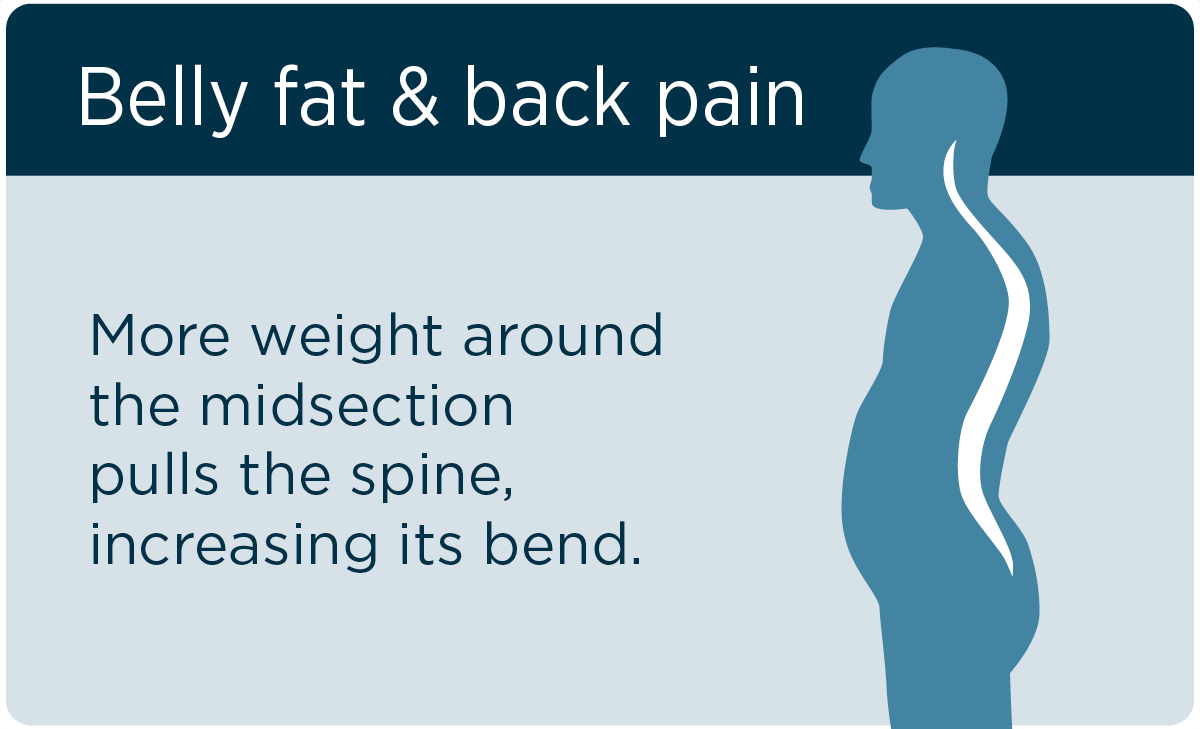What started as a simple indoor game to keep kids entertained during bad weather is now the mega-sport of basketball.

The simple game using peach baskets and soccer balls now has high-tech savvy to keep the game fast-paced and physical. Athletes are faster and stronger, too, and according to Sports Medicine Physician Dr. Laurel Rudolph, the increased speed and physical quality of the game means players are open for injury.
Rudolph, director of Sports Medicine, Marshfield Clinic Health System, said there are common injuries players have at all levels of the sport, from shooting hoops in the driveway to pick-up games at the gym to highly-competitive games like high school championships and March Madness.
Common injuries are ankle sprains, jammed fingers, knee injuries, cuts and foot fractures across all genders and actually all sports, she said. For basketball, it’s injury to muscles and joints most used for running quickly, jumping, defending, stopping and starting, passing, catching and shooting. One type of injury Rudolph doesn’t see is mouth injuries, thanks to mouth guards.
Rudolph provides care for athletes, especially high school-aged students.
“The high school patient population is different because by the time we get to March Madness it’s the end of the season and most injuries have occurred rather than occurring then,” she said.
Injuries: May occur in prior sports season
Patients seen earlier in the season are student-athletes trying to play basketball or wrestle but are still dealing with fall sports injuries.
“This is especially true in smaller schools since they have multisport athletes,” she said. “These athletes are used to using all muscle groups in their bodies since all sports require different movements. Skating and shooting a puck is not as natural as running and shooting a basketball. But I see students in January who’re still recovering or didn’t seek medical care in the fall, their current sport is placing different demands on their bodies and they’re having symptoms.”
The goal is athletes who suffer injury during a fall sport to be fully rehabbed before playing winter and spring sports. That doesn’t always happen. When it comes to injury, time of year doesn’t matter since sports – competitive or intramural – are year-round.
Though it’s b-ball time, Rudolph sees shoulder injuries from football season – recurring dislocation or subluxation, meaning partial dislocation, from football or a SLAP tear from baseball.
“This is a good example of the pros and cons of three-sport athletes. There is no time off for growing bodies, growing muscles to heal because of overuse. This happens to older high school athletes and especially at a school where teams are used to success.”
Time athletes can put in to prevent injuries is limited, she said. “Some kids in spring sports have rotating gym use. So they may use the gym at 7 a.m. and play the sport at night with injuries occurring even because of gym floors themselves. This is an issue. Sleep is an issue. Nutrition is an issue. There are so many other factors with injury.”
Tips for sports injury prevention
Sports Medicine strives for injury prevention. In this regard, Rudolph and Sports Medicine athletic trainers work with athletes and coaches and collaborate with other organizations and researchers, like Dr. Tim McGuine, University of Wisconsin-Madison, who established The Wisconsin Sports Injury Research Network.
Rudolph shared these tips to help prevent injury for athletes all year-round:
- Always warm up thoroughly before playing or training.
- Build core strength, since just about every muscle group is involved in playing basketball.
- Train for endurance to avoid fatigue.
- Use good technique.
- Make sure your gear fits well and is protective, especially shoes.
- Check out your playing surface to make sure it’s clean and free of debris.
- If you suffer an injury, see the team’s athletic trainer or contact your health care provider right away to begin healing.
Related Shine365 Posts
Jumper’s Knee: 5 things to know
Common sports injuries: What to know about prevention and treatment






Leave a Reply